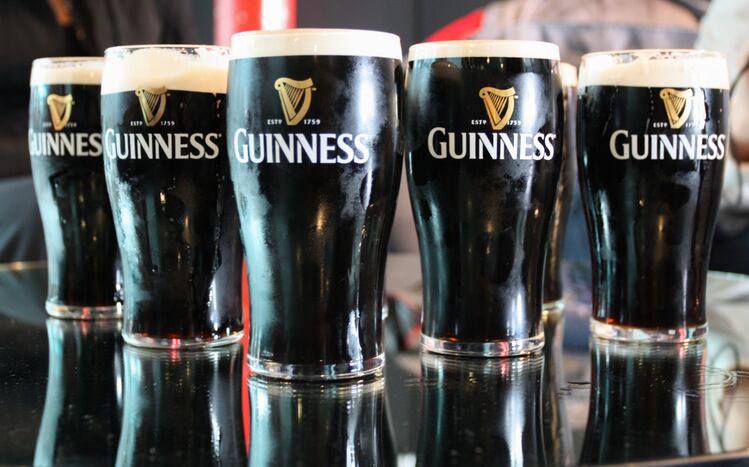Maintaining the traditional two-stage pour, the Guinness 60/40 trend involves filling a pint glass with 60% Guinness 0.0 before topping with the full strength variant.
It has been said the concoction lowers the alcohol by volume (ABV) of a pint of Guinness from 4.2% to 1.7%, offering customers a lower strength option of the black stuff.
One of the first pubs to offer the combination was the Palmerstown House in Dublin, which described it on social media as having “all the Guinness character, just a little lighter”.
It added the serve was “great for when you’re in the mood for a pint but with a little less alcohol”.
Divided opinions
A spokesperson for the pub told The Morning Advertiser (The MA) the concept had received a “great response” from customers and had continued to be well sold after a trail run.
Though the move divided opinions online, with one person on social media coining the pint “semi-skimmed Guinness” and another describing it as a “Guinness shandy”.
Other comments branded the pint a “horrendous crime” while some questioned the price point of the serve.
However, other users were more positive and shared their support.
Commenting on the Palmerstown House’s Instagram post, one said: “Nobody is forcing it on you. Drink what you like, just relax and let others drink what they want too.”
At the time of publication, a poll on Metro online showed 53% of voters would try the blend and 47% would not.
Co-owner of the Old Ivy House in Clerkenwell, London, Del Currie told The MA the pub, which goes through around seven barrels of Guinness a week, does not have Guinness 0.0 on draught, so would not consider offering the mixed pint, but praised the alcohol-free variant.
Maintaining quality
“It would be a bit weird mixing cans with the draught”, he said. “Guinness 0.0 is great, but our landlady is a bit of Guinness purest and puts a lot of time into making sure we’re pouring the perfect pint, even making changes to the line based on the weather and temperature, so I don’t think she’d want to start mixing.
“If I were the punter, I’d probably just alternate drinking a normal Guinness with Guinness 0.0, that way you’re in full control and the standard pint is going to taste even better.”
However, this isn’t the first lower-strength mixed pint to become popular in pubs.
‘Light and bitter’ was popular in the mid-to-late 20th century, peaking in the 1970s and 1980s. It involved combining half a pint of draught bitter with a bottle of light ale, offering customers a more generous measure for their money.
The jury is still out on how long Guinness 60/40 will be around, but moderation and growing desire for lower-alcohol serves certainly seems to be sparking innovation within the sector once again.





